Cruising around in Indonesia, sometimes we come across a dive site that is very different from what we’re used to. Sailing in the Flores Sea, we stumbled upon an active volcanic island. Surrounded by black sand beaches, this place has a “Jurassic Park” vibe. Volcanic activity is so present that some dive sites are literally bubbling with sulfuric gasses.
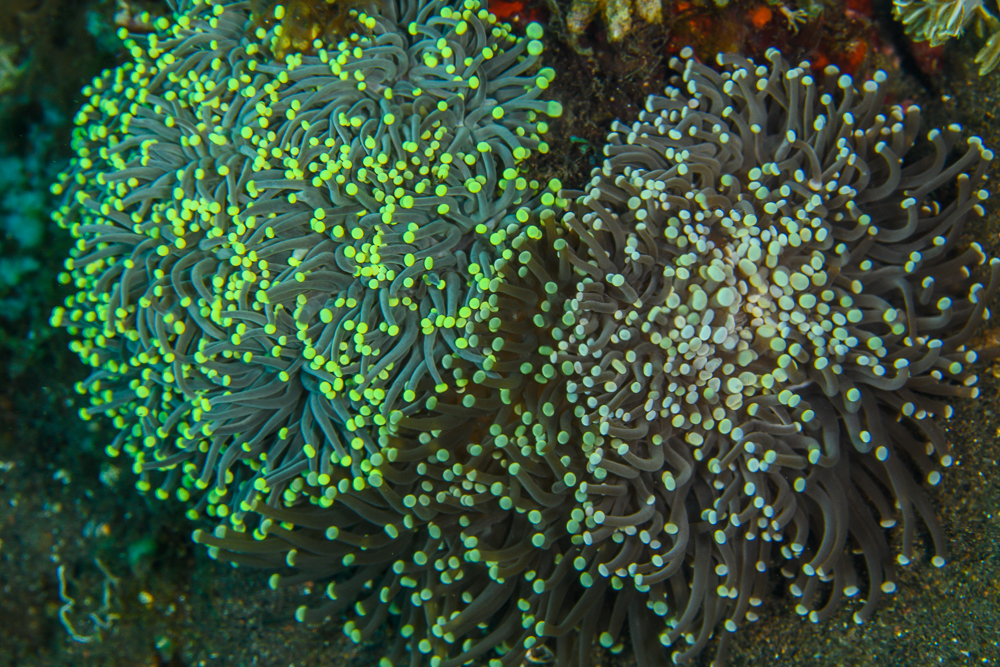
One of the sites, with a massive rocky outcrop, was particularly alive with plenty of coral diversity. Among black corals, most dead whip corals were covered in anemones (Nementhus nitidus).
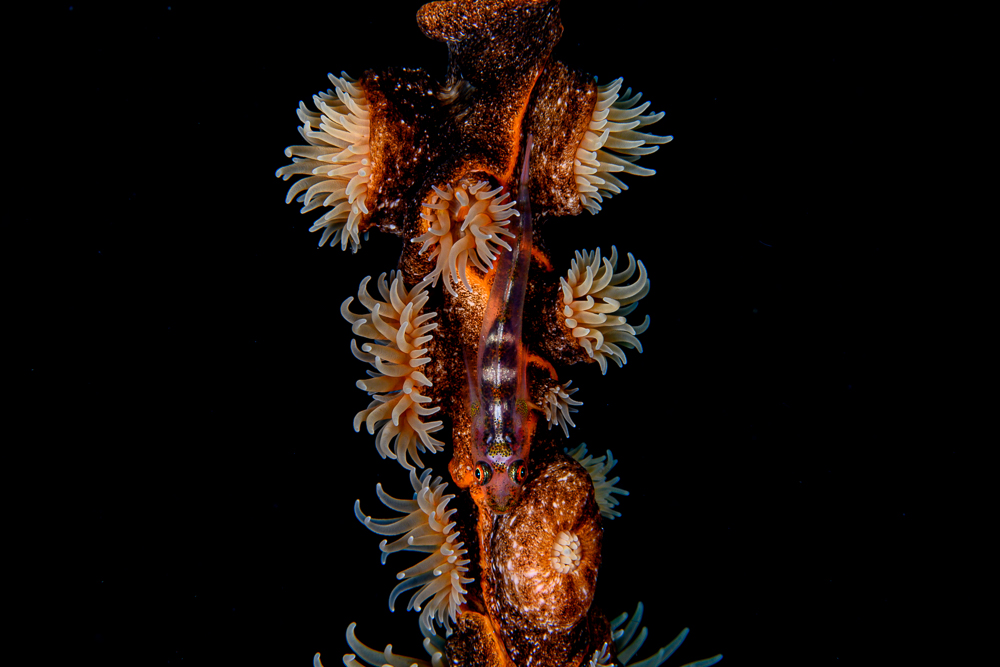
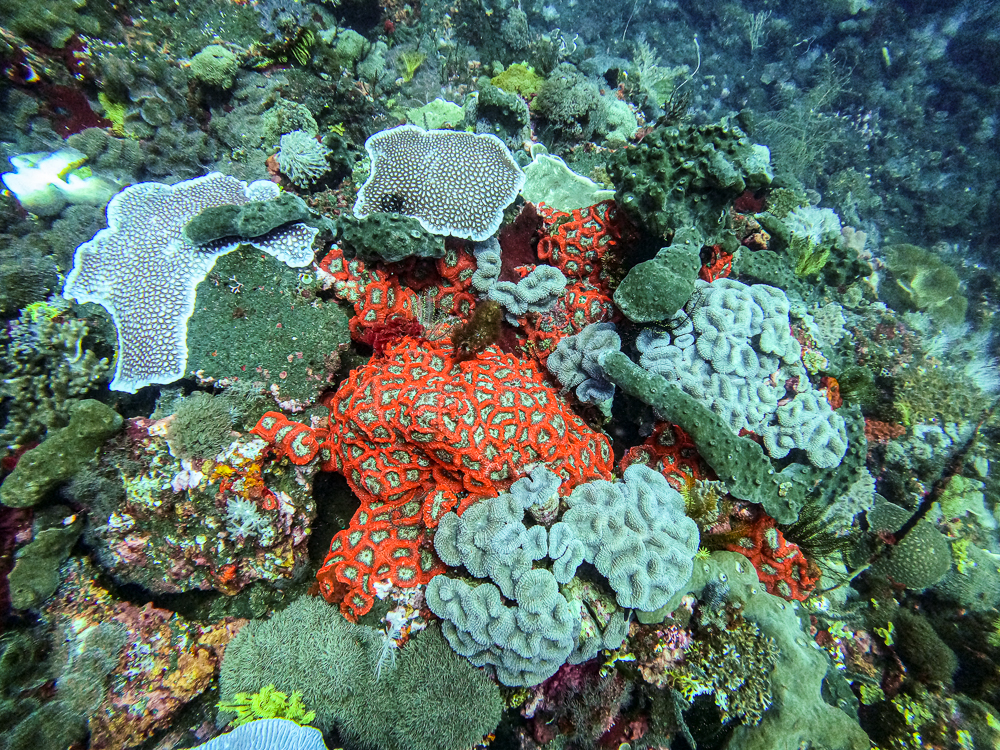
But we also found Rhodactis inchoata fields, and there was a huge diversity of LPS, Hammers (Fimbriaphyllia ancora), Frogspawn (F. divisa), Torches (Euphyllia glabrescens), Chalices (Echinophyllia sp. and Mycedium elephantotum), and Bubble Corals (Plerogyra sinuosa).
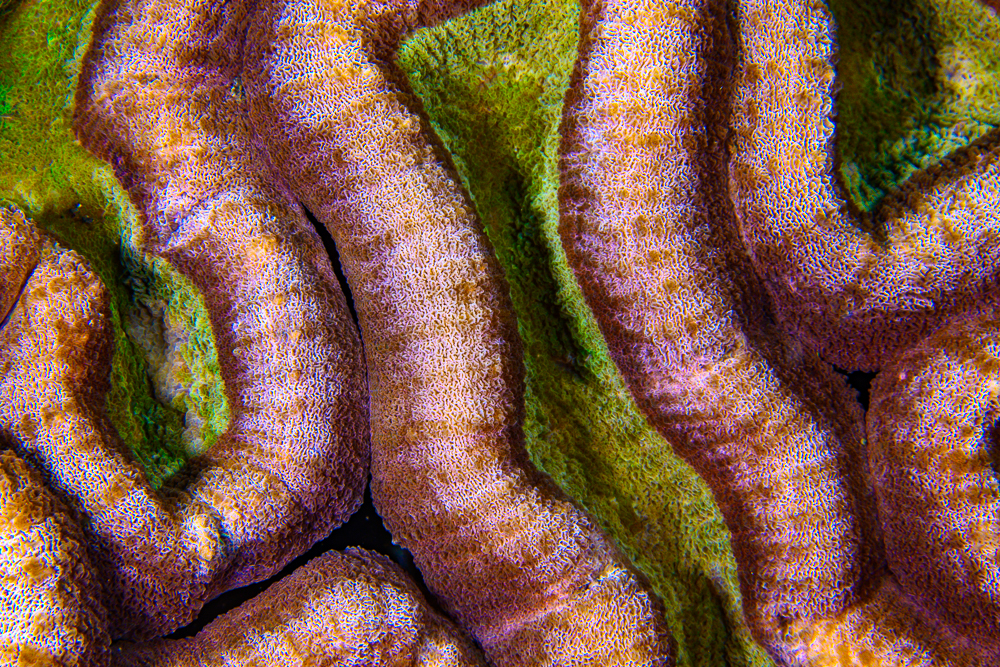
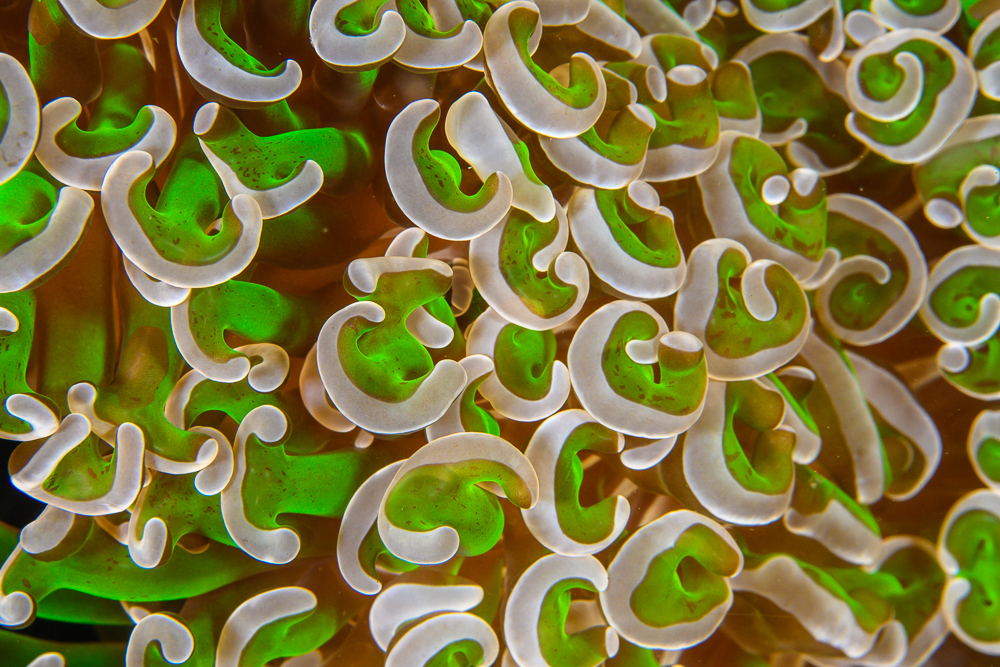
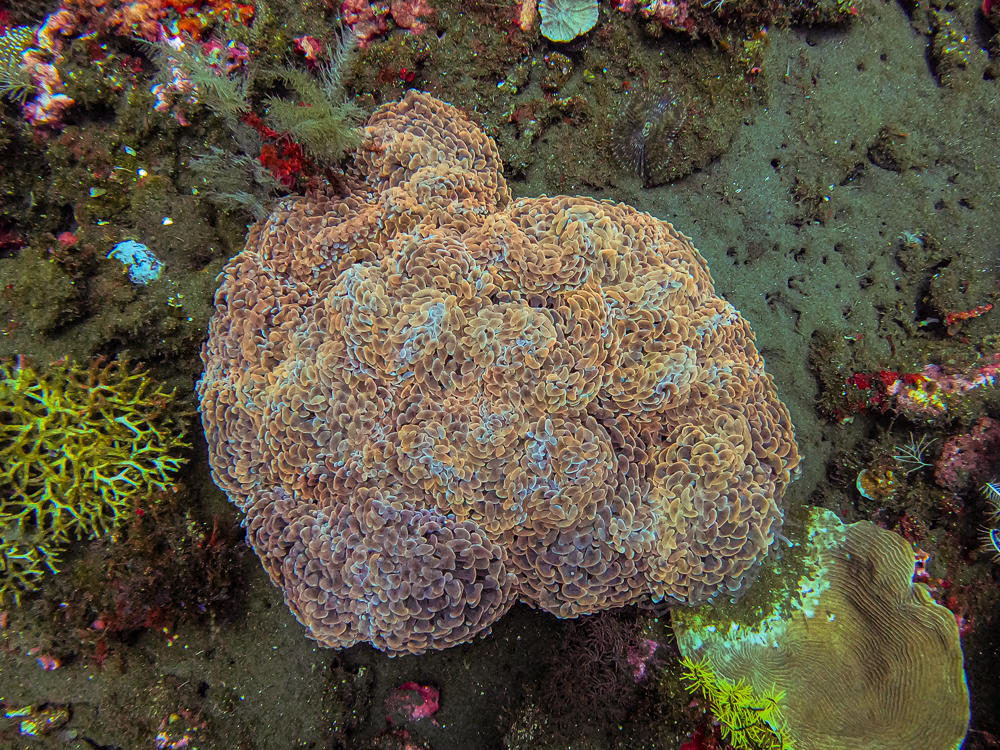
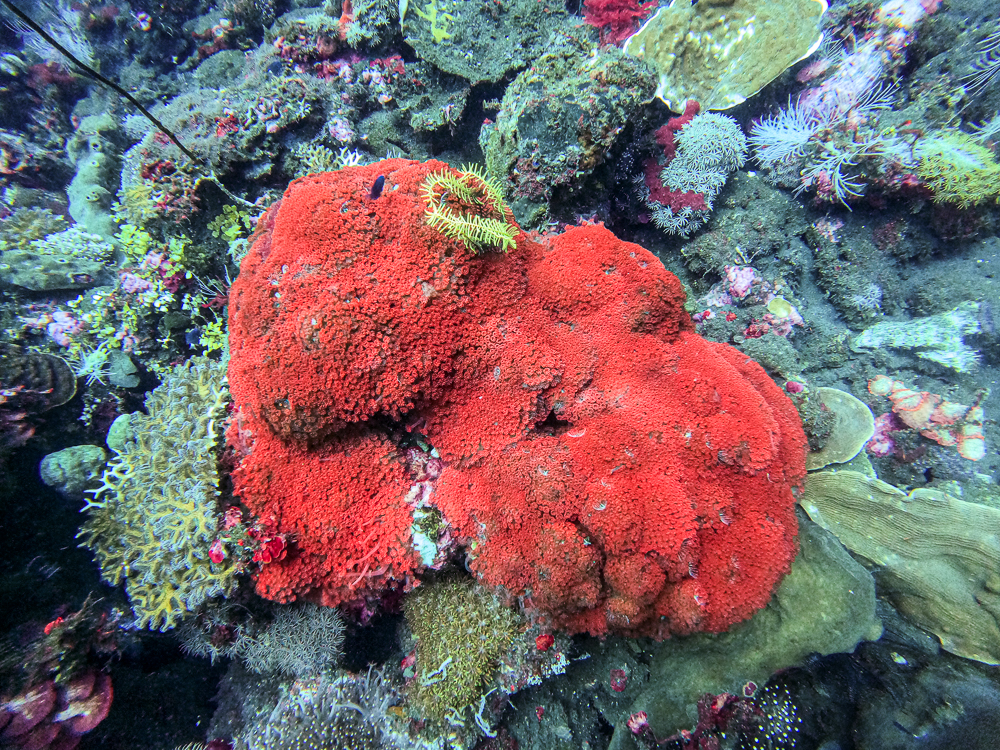
From this plethora of crazy corals, one stood out more than the others. I’ve never seen, anywhere else around the world, all the different color morphs of Cynarina lacrymalis, the Button Coral in one single spot.
The most interesting part of this dive, is not only that the Cynarina were numerous, but also their size and their mantle were enormous.
All About Cynaria
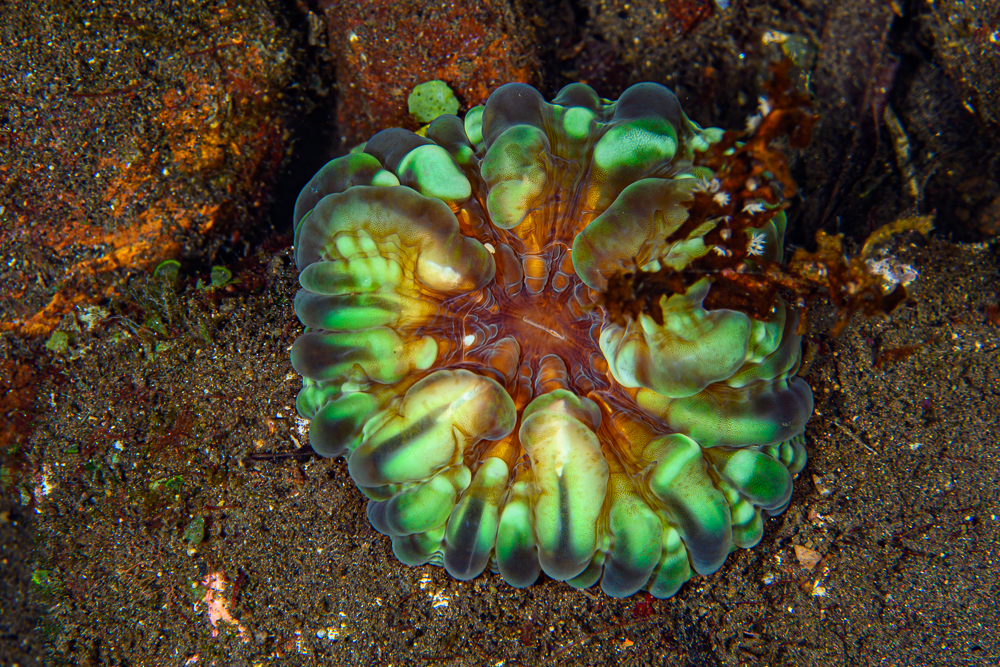
Cynarina lacrymalis is a mono-polyp, monocentric coral. Usually, corallites are 1-2 inches (3-7 cm) wide, but the extended polyps can reach 3-5” (10-18 cm). Primary septa are thick and have extremely large, rounded, or lobed teeth. Paliform lobes are usually well-developed. Columellae are broad and compact. The thick-toothed primary septo-costae are clearly visible inside the bubbles.
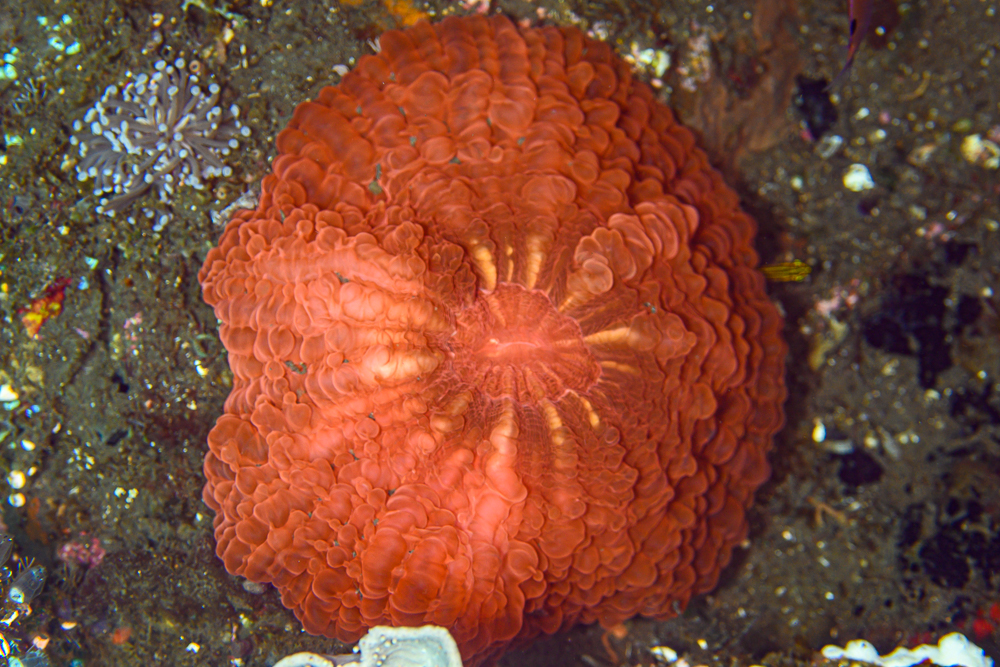
During the day, translucent bubbles exposing zooxanthellae-filled tissue to sunlight are inflated. Tentacles are extended only at night for feeding purposes, as zooplancton goes up in the water column.
Cynaria Habitats
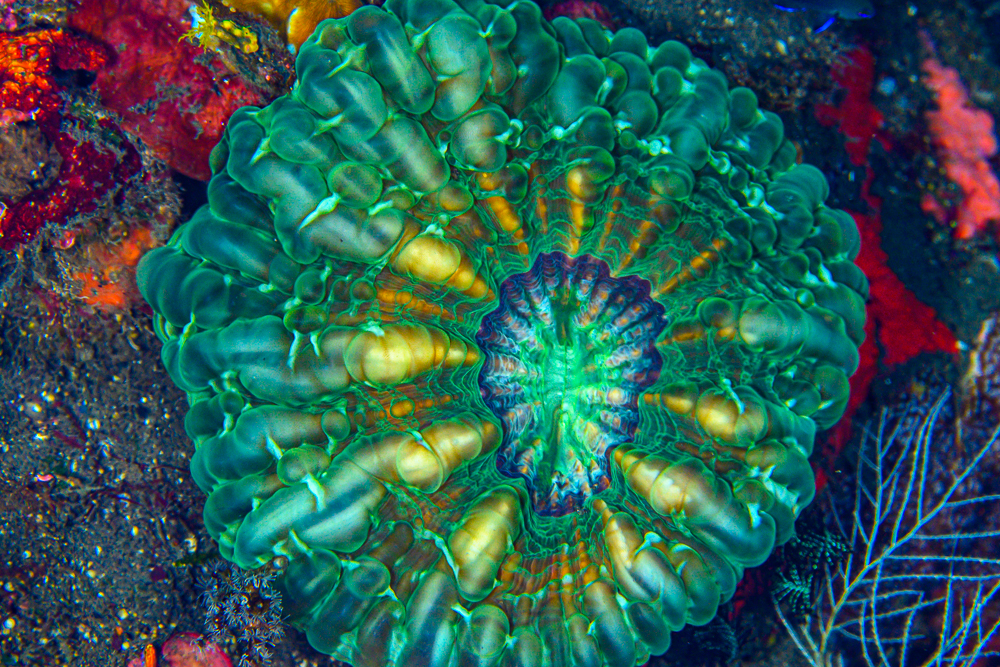
Cynarina lacrymalis is attached to rocks, usually in a vertical position. It prefers a steep slope or vertical drop-off habitat, usually below 30m (90′)deep, and exposed to mild flow, in a turbid environment.
Cynaria Coloration
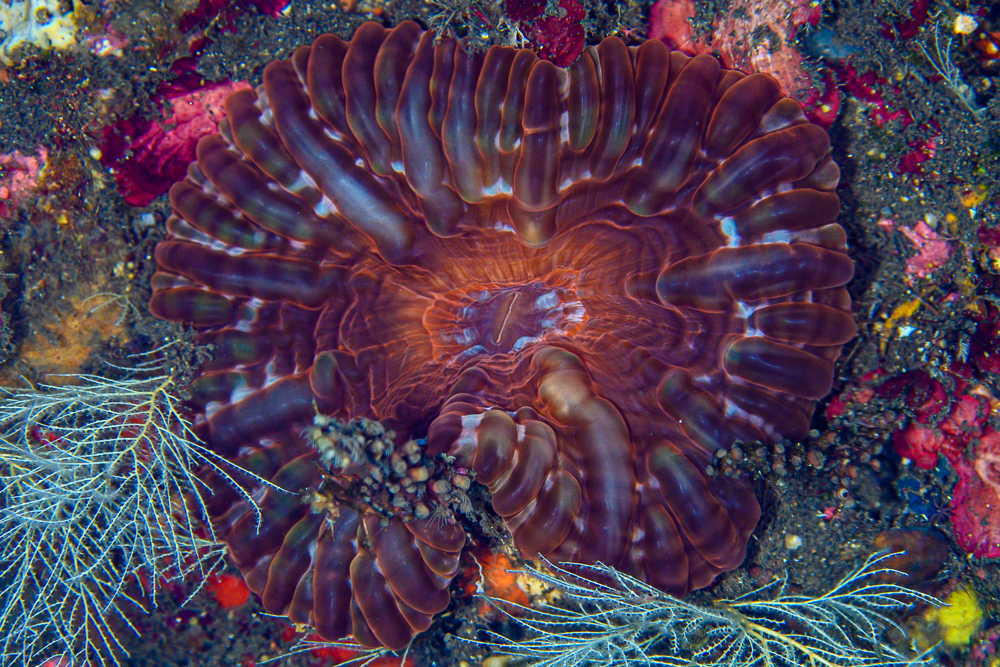
The palette of coloration is quite broad, going from brown/yellow to green, and blue to red. Sometimes these polyps have a differently-colored mouth.
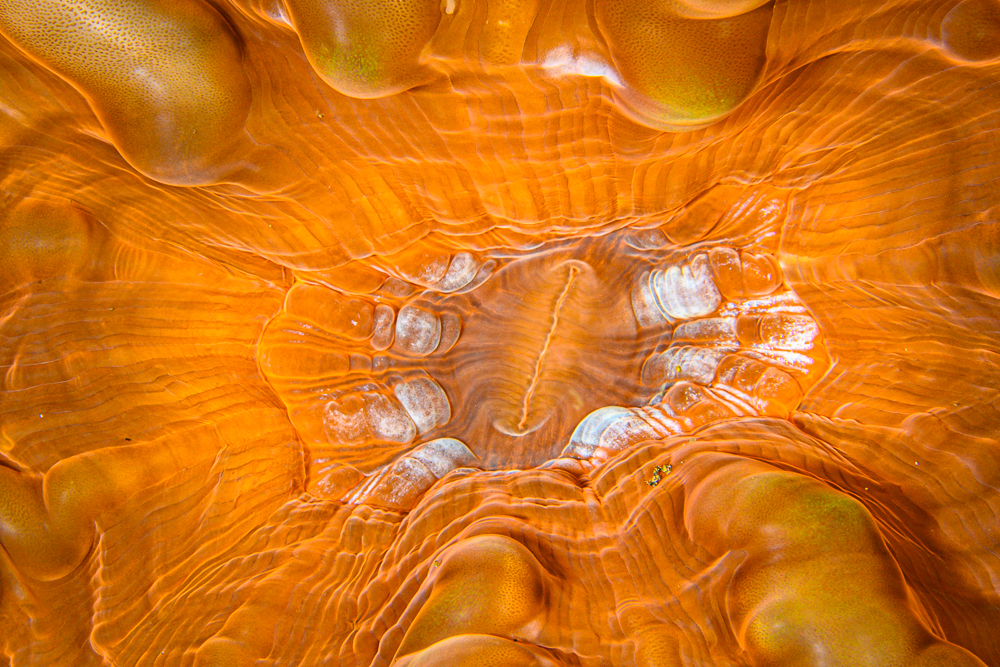
Aquarium Maintenance of Cynaria
The maintenance of LPS is not the most complicated one, as they settle for low light, low flow, and regular feedings. A PAR of 100 is more than enough. A low water flow, with at least a weekly, meaty, high protein, and high amino acid food is the basic.
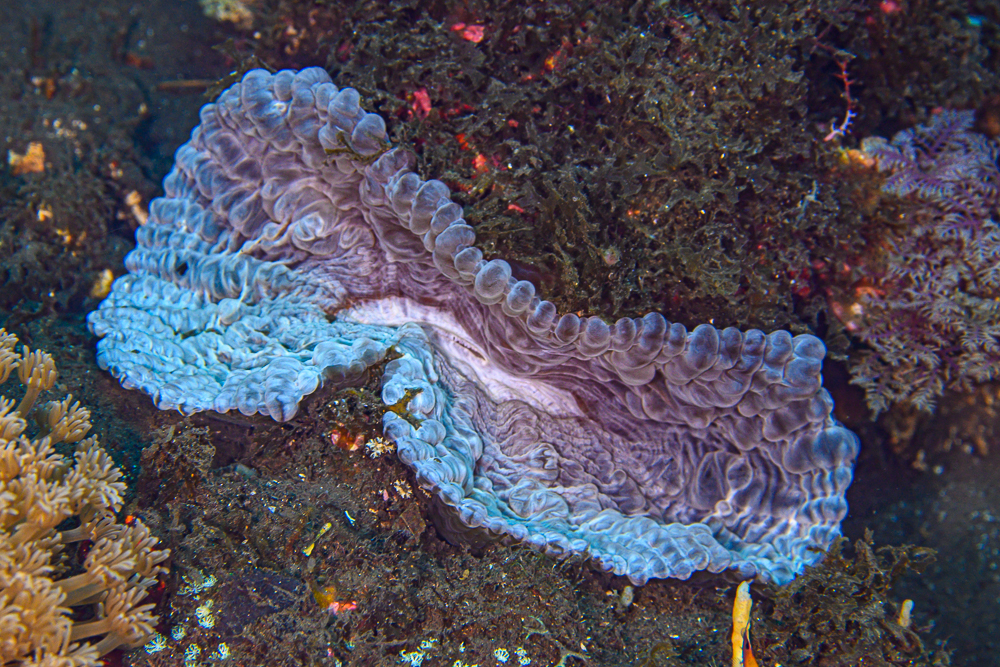
These volcanic waters, hold a secret in terms of micro-elements, which may explain the abundance and diversity of Cynaria we discovered. These rich, ferric, and sulfurous waters appear to favor the settlement and perfect growth of these corals, and encourage huge mantle expansion, resulting in some of the most beautiful LPS corals we’ve encountered in the wild.

